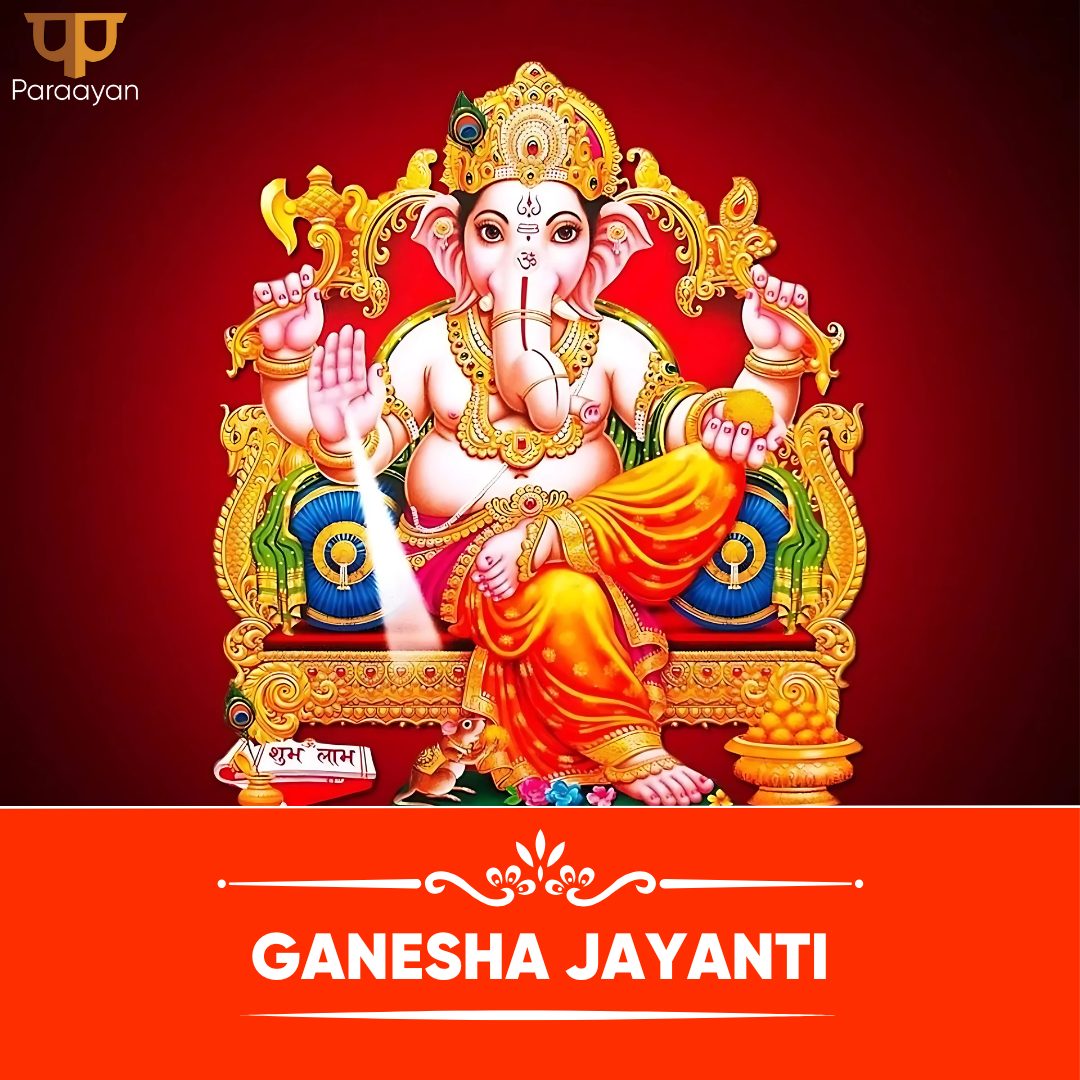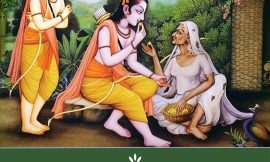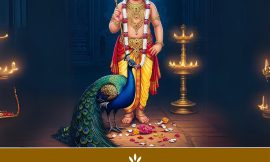Discover the Regional Variations in Celebrating Ganesha Jayanti Across India and Their Unique Significance in Maharashtra and Konkan Regions
Ganesha Jayanti is celebrated as the birth anniversary of Bhagwan Ganesha. It falls on Shukla Chaturthi during the Magha lunar month. According to the Gregorian calendar, this festival usually coincides with the months of January and February. This occasion holds special significance in Maharashtra and the Konkan coastal regions. Ganesha Jayanti is especially honoured during the month of Magha, in contrast to the generally recognised Ganesha Chaturthi during the month of Bhadrapada.
Ganesha Jayanti’s significance stems from its own regional celebration. Although Ganesha Chaturthi is widely celebrated as the anniversary of Bhagwan Ganesha’s birth, it is not generally acknowledged as such. This is particularly true in Maharashtra.
Ganesha Jayanti in Maharashtra
In Maharashtra, the birth anniversary of Bhagwan Ganesha is celebrated on Ganesha Jayanti during the Magha month. This makes Ganesha Jayanti distinct from Ganesha Chaturthi, which is primarily a festival of devotion and festivities but not regarded as his birthday.
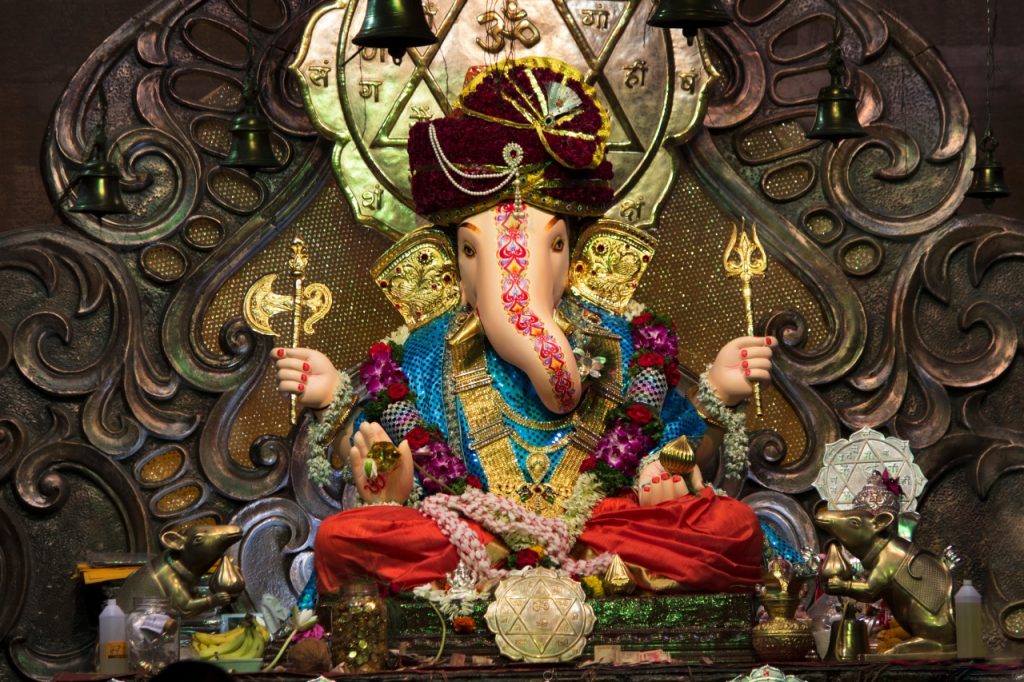
Ganesha Jayanti in Maharashtra is also called Magha Shukla Chaturthi, Tilkund Chaturthi, and Varad Chaturthi. The names reflect different aspects of the festival. The term “tilkund chaturthi” describes the ceremonial usage of sesame seeds, or “til.” Bhagwan Ganesha is served sweets and offerings made from sesame seeds. Sesame seeds are believed by devotees to purify the body and mind on this day. Varad Chaturthi represents how Bhagwan Ganesha bestows blessings on his followers.
Auspicious Timing for Rituals
Madhyahna Vyapini Purvaviddha Chaturthi is considered auspicious for performing rituals on Ganesha Jayanti. According to Hindu traditions, Madhyahna, or midday, is the most significant time for worshipping Bhagwan Ganesha. Devotees perform rituals and offer prayers during this period. Observing a fast and chanting Ganesha’s mantras are integral parts of the celebration.
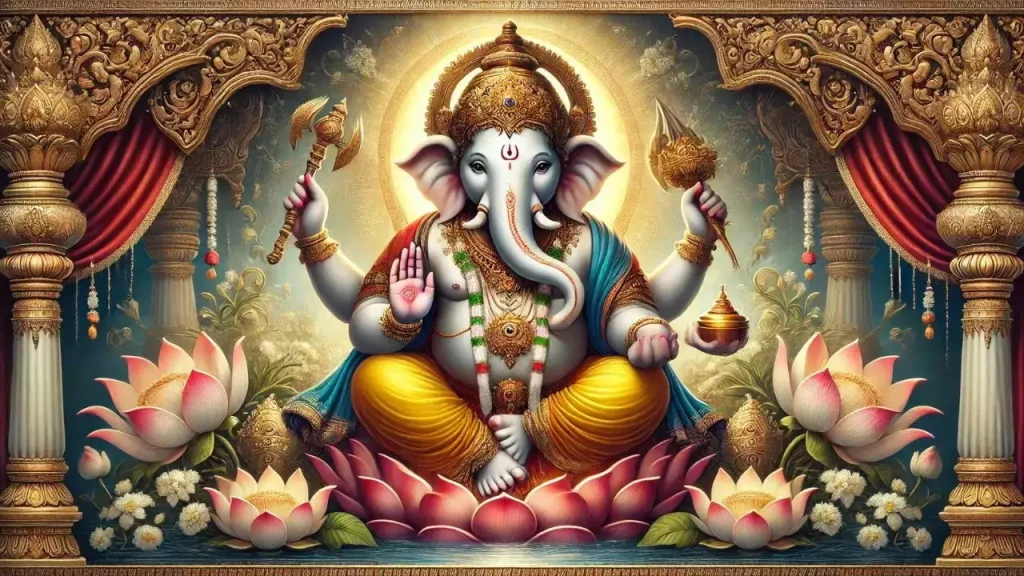
The rituals of Ganesha Jayanti are simple yet spiritually enriching. Devotees wake up early, take a holy bath, and set up a clean area for worship. An idol or picture of Bhagwan Ganesha is placed on a decorated platform. The puja begins with an invocation of Bhagwan Ganesha by reciting his mantras. Offerings include flowers, fruits, and specially prepared sweets like modaks and tilgul laddoos. Tilgul laddoos, made from sesame seeds and jaggery, are a highlight of the day. These offerings are not only symbolic but also represent the cultural essence of Maharashtra.
Cultural Practices and Celebrations
In some regions, devotees draw rangoli patterns in front of their homes. The intricate designs symbolize welcoming Bhagwan Ganesha and seeking his blessings. The festival’s community aspect brings families together for collective prayers and celebrations. Ganesha Jayanti’s simplicity is what differentiates it from the grandeur of Ganesha Chaturthi.
Tilkund Chaturthi emphasizes the importance of sesame seeds. According to traditional beliefs, sesame seeds have purifying properties. They are used in various forms during the puja. Sesame oil lamps are lit to symbolize the removal of obstacles and darkness from life. Devotees distribute tilgul sweets among family and friends, fostering a sense of unity and goodwill.
Varad Chaturthi highlights the boon-granting aspect of Bhagwan Ganesha. Devotees pray for success, prosperity, and the removal of obstacles in their lives. Fasting on this day is believed to be highly beneficial. The fast usually involves consuming fruits, milk, and other simple foods. Devotees break the fast after performing the evening aarti. Chanting Ganesha’s mantras during the fast enhances the spiritual benefits.
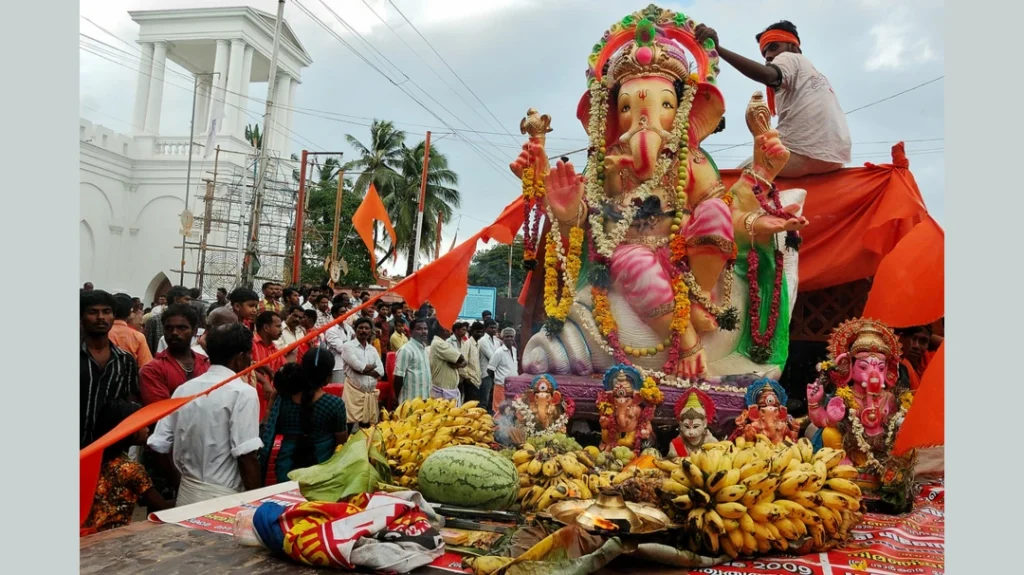
Storytelling and Spiritual Teachings
Ganesha Jayanti also involves storytelling sessions. Elders narrate tales of Bhagwan Ganesha’s wisdom, valor, and benevolence. These stories inspire devotees to adopt the virtues of Bhagwan Ganesha in their lives. Children participate actively, learning about their cultural heritage and the significance of the festival.
The celebration of Ganesha Jayanti in Maharashtra showcases the deep-rooted devotion to Bhagwan Ganesha. Temples organize special events and rituals. Priests conduct elaborate pujas, and devotees gather to seek blessings. The atmosphere is filled with chants of “Ganapati Bappa Morya,” creating a sense of spiritual unity.
While the focus remains on devotion, Ganesha Jayanti also highlights the cultural richness of Maharashtra. The use of sesame seeds, traditional sweets, and simple rituals reflect the region’s heritage. The festival fosters a sense of belonging and continuity among communities.
Conclusion
In conclusion, Ganesha Jayanti is a unique festival that celebrates the birth of Bhagwan Ganesha. Its observance during the Magha month sets it apart from Ganesha Chaturthi. The rituals, including fasting, offerings, and prayers, are simple yet profound. Devotees in Maharashtra and Konkan coastal regions celebrate this day with devotion and joy. The significance of sesame seeds, the emphasis on simplicity, and the focus on spiritual enrichment make Ganesha Jayanti a cherished occasion for Bhagwan Ganesha’s followers.


